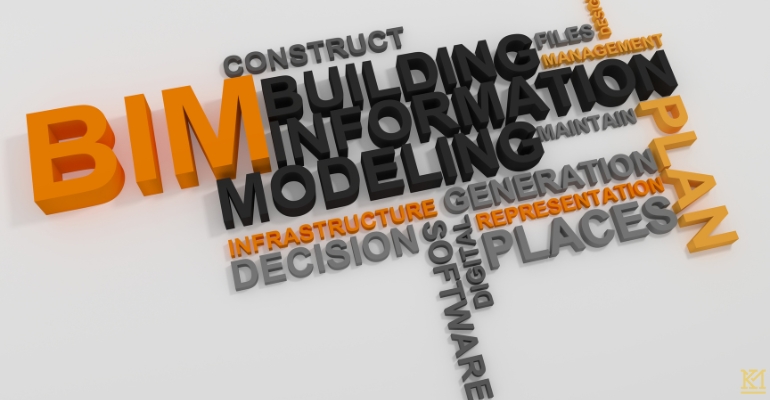
Revit, is revolutionizing the architectural design and construction industry. This cutting-edge tool allows architects, engineers, and construction professionals to collaborate more effectively, streamline workflows, and create highly detailed, accurate models of buildings. As the adoption of Revit grows, its impact on the industry is becoming increasingly evident, enhancing project efficiency and improving the quality of built environments.
One of the key advantages of Revit is its ability to create comprehensive, 3D models that encompass all aspects of a building’s design. Unlike traditional CAD software, which produces separate drawings for different building elements, Revit integrates all components into a single model. This holistic approach allows for better visualization and coordination, as changes made to one part of the model are automatically reflected throughout the entire project. This ensures consistency and reduces the risk of errors, ultimately leading to more accurate and reliable designs.

Collaboration is at the heart of Revit’s functionality. The software enables multiple team members to work on the same model simultaneously, facilitating real-time collaboration and communication. This collaborative environment helps bridge the gap between architects, engineers, and contractors, ensuring that everyone is on the same page and that any issues can be addressed promptly. The result is a more cohesive and efficient design process, where potential conflicts are identified and resolved early, saving time and resources.
Revit also excels in its ability to produce detailed documentation and construction drawings. The software automatically generates plans, sections, elevations, and schedules directly from the 3D model, ensuring that all documentation is up-to-date and accurate. This automated process not only saves significant time but also reduces the likelihood of discrepancies between different sets of drawings. Additionally, Revit’s parametric modeling capabilities allow for easy modifications and adjustments, further enhancing the flexibility and adaptability of the design process.
Another significant benefit of Revit is its support for sustainable design practices. The software includes tools for energy analysis, daylighting, and material selection, helping designers make informed decisions that promote sustainability and reduce environmental impact. By simulating building performance and assessing the environmental impact of different design options, Revit enables architects to create more energy-efficient and sustainable buildings. This focus on sustainability aligns with the growing demand for green building practices and helps meet regulatory requirements and client expectations.
Despite its many advantages, transitioning to Revit requires a commitment to learning and adaptation. The software’s advanced features and capabilities come with a steep learning curve, necessitating training and practice to master. However, the investment in Revit pays off in the long run, as the efficiency gains and improved project outcomes significantly outweigh the initial effort required to learn the software. Many firms are finding that the benefits of Revit far exceed those of traditional design tools, making it a valuable asset in today’s competitive industry.
Revit is transforming the way architectural design and construction projects are conceived and executed. By enabling comprehensive 3D modeling, facilitating collaboration, streamlining documentation, and supporting sustainable design, Revit is setting a new standard for efficiency and quality in the industry. As more professionals embrace this powerful tool, the potential for creating innovative, high-performance buildings continues to grow, shaping the future of the built environment.